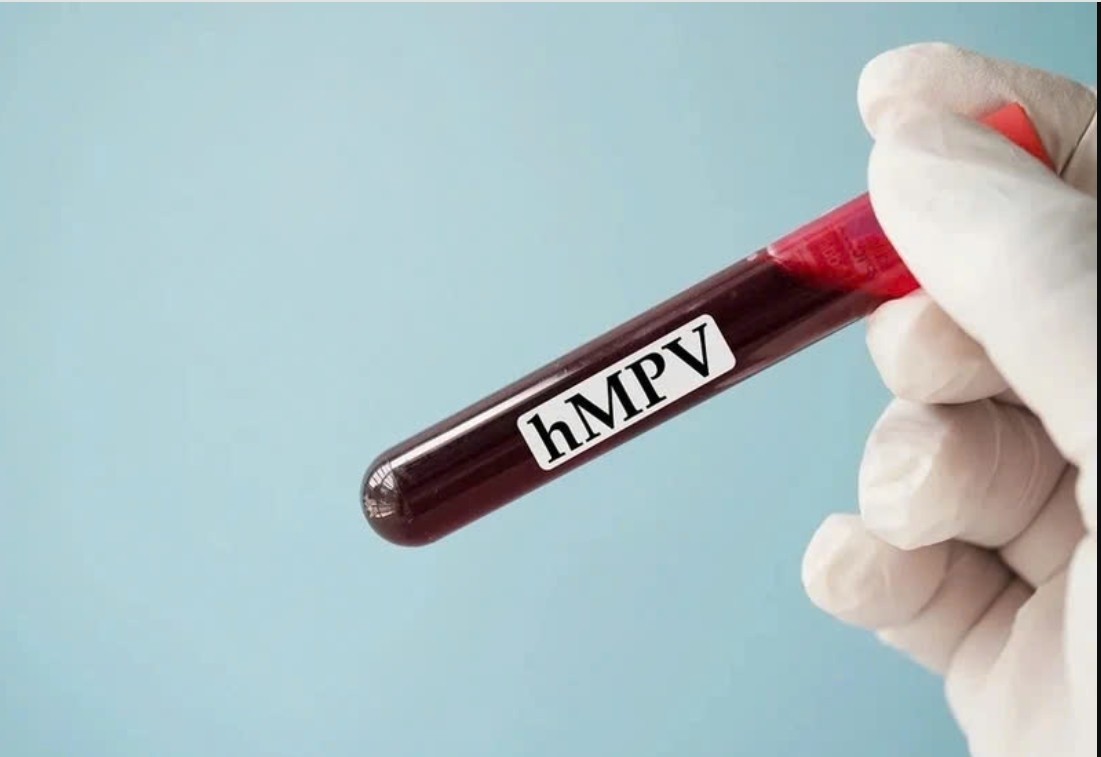What Is A Normal Oxygen Level: Symptoms, Causes Of High Or Low, Ways To Maintain
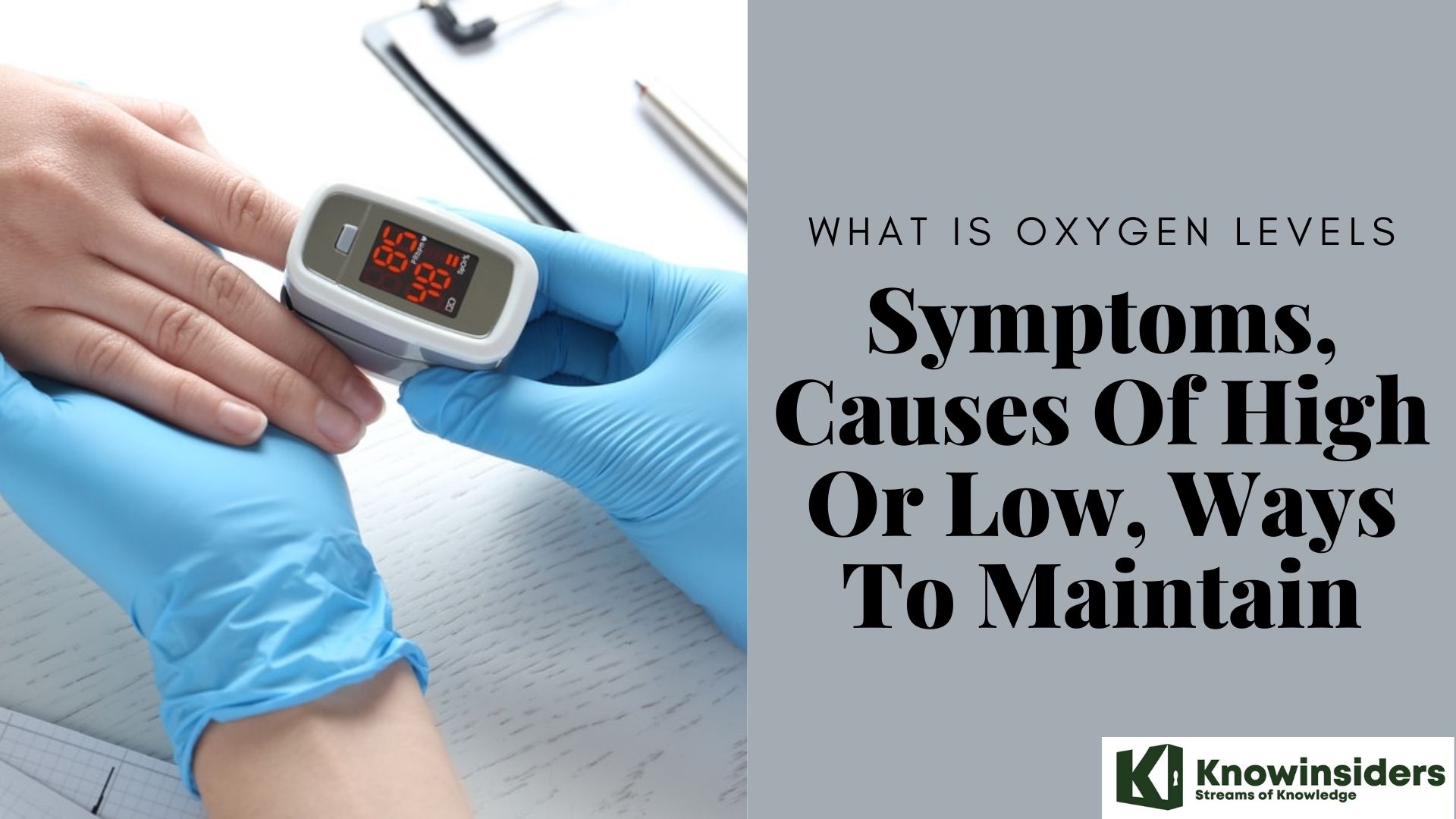 |
| What Is A Normal Oxygen Level: Symptoms, Causes Of High Or Low, Ways To Maintain |
| Table of Content |
Knowing the normal oxygen level is essential in knowing the health of an individual. The normal oxygen level is usually measured in millimeters of mercury (mmHg), which is the pressure that the oxygen in a gas exerts at a given temperature and is most often used as a measure of the saturation of oxygen in the arterial blood.
Oxygen is essential to the survival of life. Oxygen is needed to produce energy, maintain body temperature, regulate body fluid balance, and control body pH. Oxygen is also used to produce cellular energy, which is needed for cells to divide and proliferate. Oxygen is also needed to support the breakdown and removal of potentially dangerous molecules such as peroxides, carbon dioxide, and nitrous oxide.
So, what is the normal oxygen level, with the symptoms, causes of high or low, and ways to maintain.
What does blood oxygen level mean?
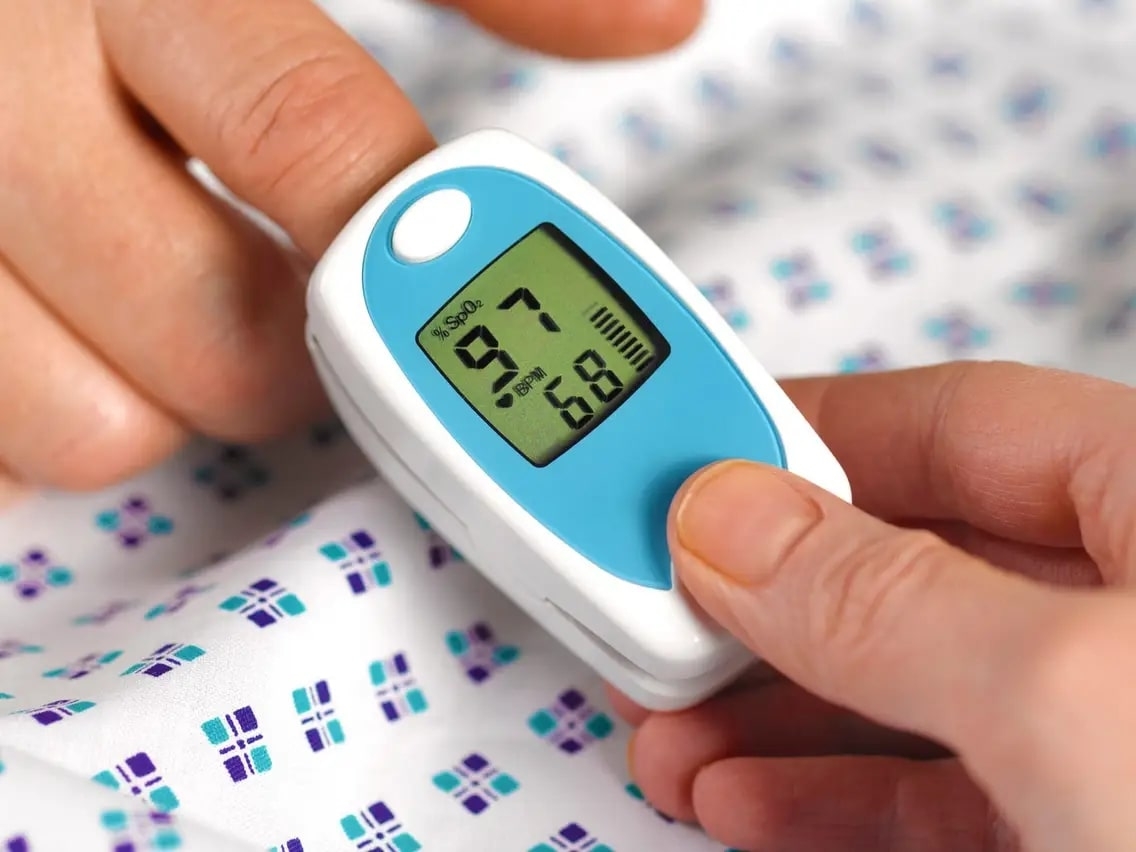 |
| Photo: Getty Images |
Your blood oxygen level (blood oxygen saturation) is the amount of oxygen you have circulating in your blood.
Oxygen is essential to life, and our bodies need a certain amount of oxygen to function properly. Oxygen enters your body through your nose or mouth when you breathe (inhale) and passes through your lungs into your bloodstream. Once in your bloodstream, the oxygen then goes to cells all over your body. All of your cells need oxygen to create energy efficiently, and your body needs energy to fulfill all of its processes, such as digestion and even thinking.
Once your cells use oxygen, they create carbon dioxide. Your bloodstream then carries the carbon dioxide back to your lungs, and you breathe it out (exhale it) through your mouth or nose.
Your body tightly regulates the amount of oxygen saturation in your blood, because low blood oxygen levels (hypoxemia) can lead to many serious conditions and damage to individual organ systems, especially your brain and heart. Low blood oxygen levels indicate that your lungs and/or circulatory system may not be working as they should.
What is normal oxygen level?
When it comes to oxygen levels, the normal range is between 95-100%.
If your oxygen level is below 100%, you might be experiencing hypoxia, which occurs when the body is deprived of oxygen. Symptoms of hypoxia include: fatigue, headache, shortness of breath, reduced alertness, and a lack of ability to focus.
If your oxygen level is higher than 100%, it can be a sign of hyperoxia, which is when the body is exposed to too much oxygen. Symptoms of hyperoxia include: increased alertness, fatigue, confusion, and dizziness.
| Different Age Groups | Normal Oxygen Level |
|---|---|
| Infants | 92% to 93% |
| Children | 94%-100% |
| Adults | 95%-100% |
| Pregnant women | 94%-100% |
| Elderly | 96%-100% |
| Old Age | 97%-100% |
How is blood oxygen level measured?
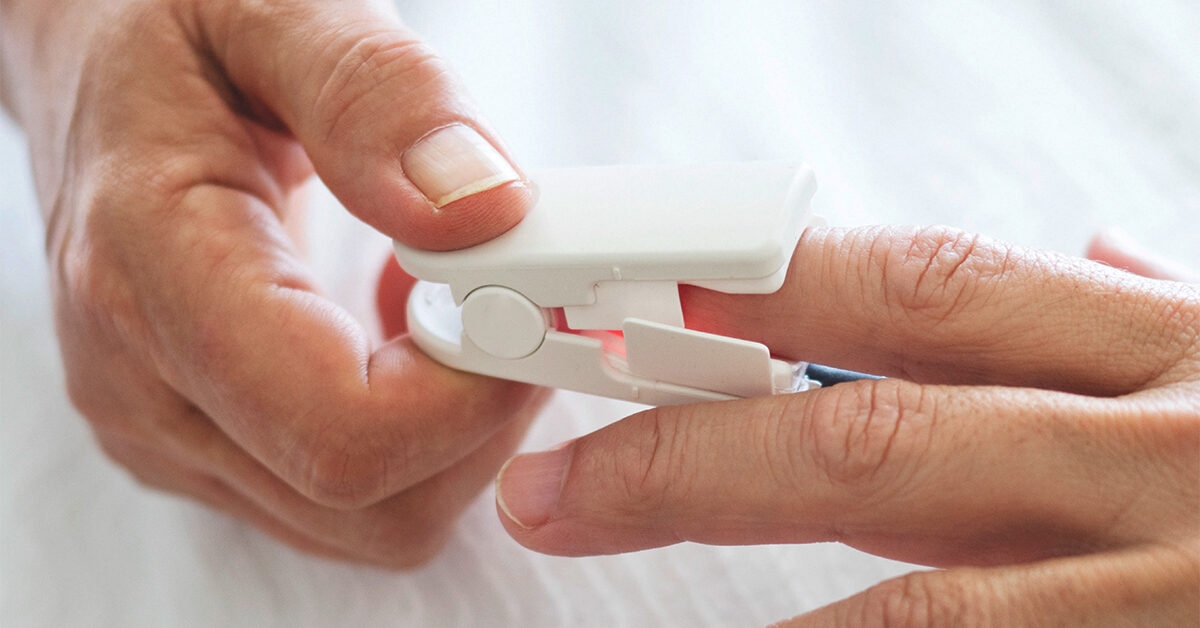 |
| Photo: Healthline |
An ABG test is the most effective way to monitor blood oxygen levels. This test involves taking a blood sample from an artery, usually in the wrist. This procedure is very accurate, but it can be a little painful.
Doctors carry out ABG tests in a hospital. However, people can also test themselves at home using a small device known as a pulse oximeter.
A pulse oximeter is a small clip that often attaches to a finger, although it will also work on an ear or a toe. It measures blood oxygen indirectly by light absorption through a person’s pulse.
Although the pulse oximeter test is easier, quicker, and less painful than the ABG test, it is not as accurate. Several factors can interfere with the results, including:
→ dirty fingers
→ bright lights
→ darker skin tones
→ nail polish
→ poor circulation to the extremities
Range of oxygen levels
There are variables that affect how doctors interpret levels of blood oxygen, such as whether or not someone has a chronic lung condition.
Generally, however, the levels that medical professionals consider normal, borderline, and low are as follows:
| Level | Blood oxygen saturation |
| normal | 95–100% |
| borderline | 91–94% |
| low (hypoxemia) | under 91% |
It is not possible for blood oxygen saturation levels to exceed 100%. However, researchers explain that people who receive concentrated oxygen may be at risk of oxygen toxicity or oxygen poisoning.
This includes:
→ people who undergo hyperbaric oxygen therapy
→ premature infants
→ underwater divers
Oxygen toxicity can occur when someone receives highly concentrated oxygen for a short amount of time or a lower concentration but for a longer time.
What does a low blood oxygen level mean?
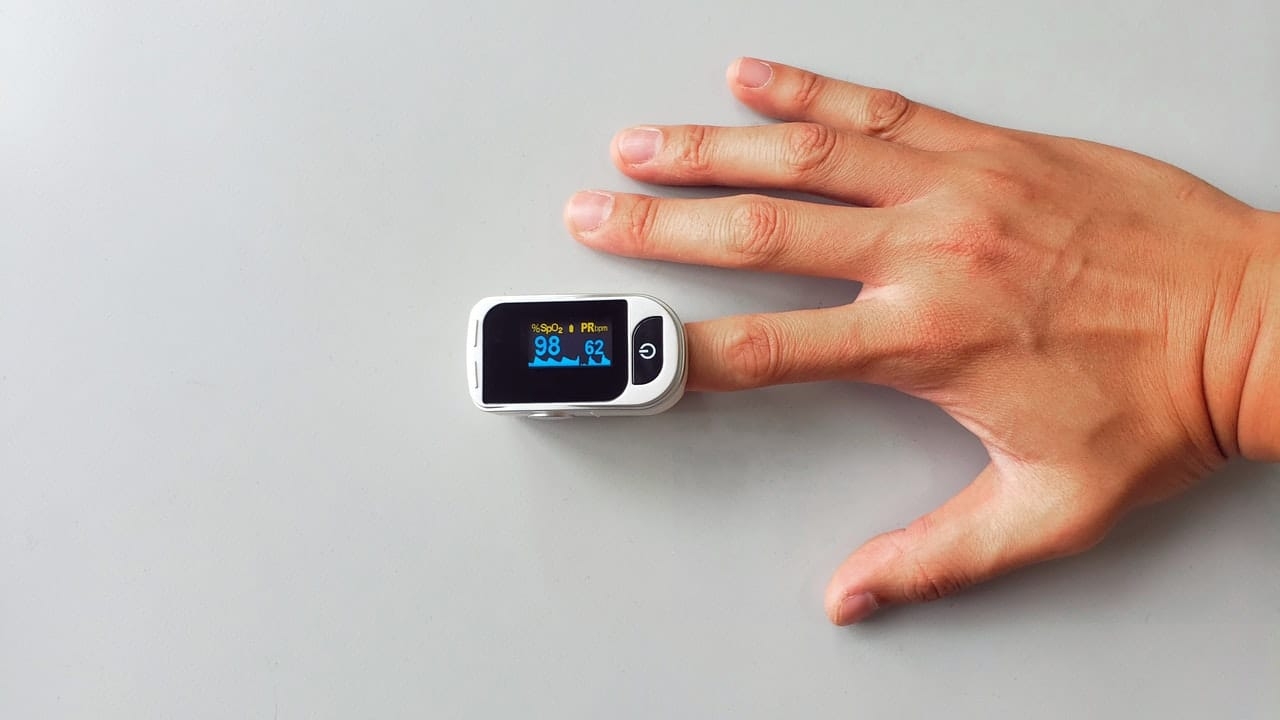 |
| Photo: Richard Troy |
A lower-than-normal blood oxygen level is called hypoxemia. Since oxygen is essential to all of your body’s functions, hypoxemia is often concerning. The lower the oxygen level, the greater likelihood for complications in body tissue and organs.
A variety of conditions and circumstances can interfere with your body’s ability to deliver normal levels of oxygen to your blood.
Some of the most common causes of low blood oxygen levels (hypoxemia) include:
→ Heart conditions.
→ Lung conditions such as asthma, emphysema, and bronchitis.
→ Strong pain medications or other problems that slow breathing.
→ Sleep apnea (impaired breathing during sleep).
→ Inflammation or scarring of your lung tissue.
→ Locations of high altitudes, where oxygen in the air is lower.
If you have a low blood oxygen level, your healthcare provider will likely have you undergo further testing to determine what is causing your low oxygen levels. A blood oxygen level test alone cannot determine the cause.
Causes of low blood oxygen
The medical term for low blood oxygen is hypoxemia. It may happen due to:
→ insufficient oxygen in the air
→ inability of the lungs to inhale and send oxygen to all cells and tissues
→ inability of the bloodstream to circulate to the lungs, collect oxygen, and transport it around the body
Conditions that can lead to hypoxemia
Several medical conditions and situations can contribute to the above factors, including:
→ asthma
→ heart diseases, including congenital heart disease
→ high altitude
→ anemia
→ COVID-19
→ chronic obstructive pulmonary disease (COPD)
→ interstitial lung disease
→ emphysema
→ acute respiratory distress syndrome (ARDS)
→ pneumonia
→ obstruction of an artery in the lung
→ pulmonary fibrosis, or scarring and damage to the lungs
→ presence of air or gas in the chest that makes the lungs collapse
→ excess fluid in the lungs
→ sleep apnea, which involves breathing interruptions during sleep
→ certain medications, including some narcotics and pain relievers
What are the dangers of a high oxygen level?
A high oxygen level can be dangerous because it can cause illness and injury. If you are at a high altitude, you are more likely to experience a high oxygen level than people who live at lower altitudes. The high oxygen level can cause headaches, memory loss, and fatigue. The high oxygen level can also increase the risk of heart disease, high blood pressure, and other health issues.
How can I increase my blood oxygen level?
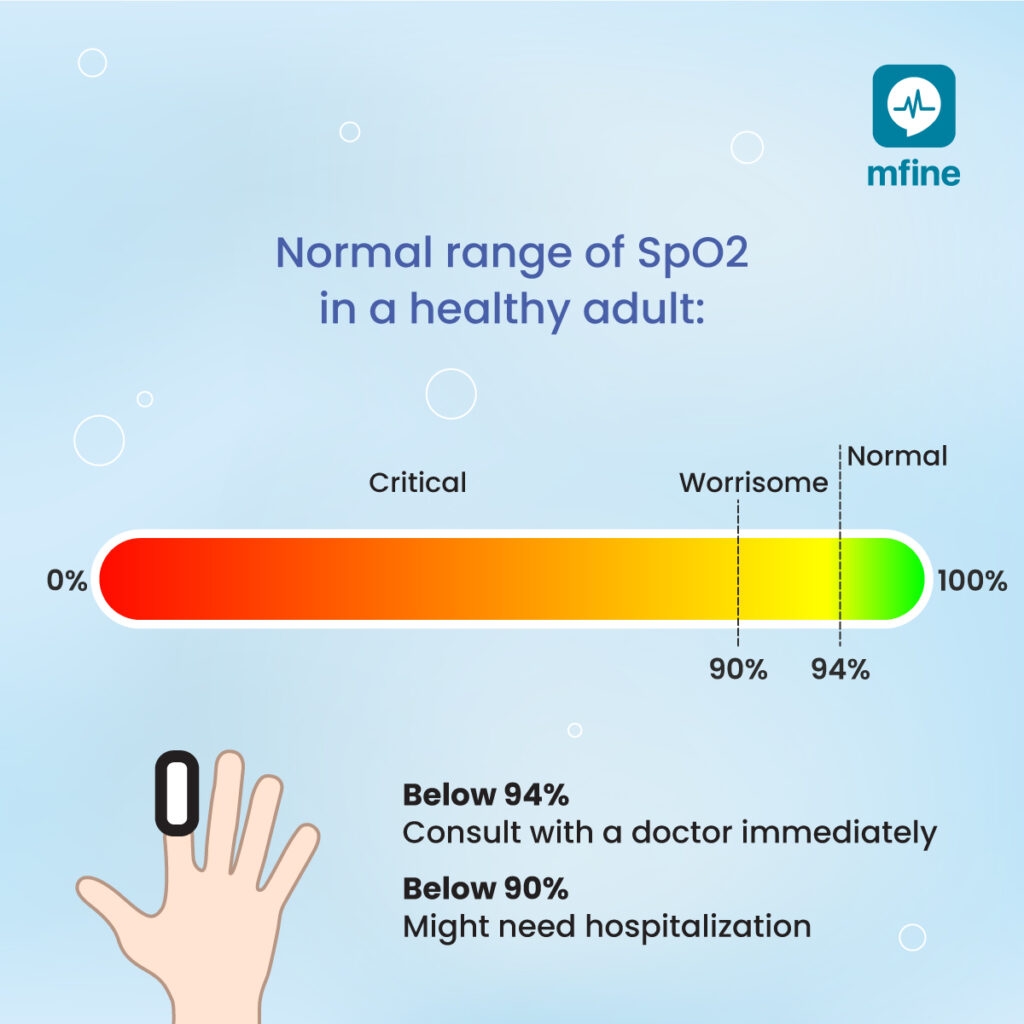 |
| Photo: MFine |
There are some ways to naturally increase the amount of oxygen in your blood, including:
♦ Breathing in fresh air: Opening your windows or going outside for a walk can increase the amount of oxygen that your body brings in, which increases your overall blood oxygen level.
♦ Quitting smoking: Only two to three weeks after you quit smoking, your circulation will likely improve significantly. After one to nine months, your shortness of breath decreases. Both of these aspects contribute to your body’s ability to take in more oxygen.
♦ Practicing breathing exercises: Simple breathing exercises like pursed-lip breathing and deep belly breathing can open your airways and increase the amount of oxygen in your blood.
You can use a pulse oximeter at home to check your blood oxygen level and see if these natural ways to increase your oxygen intake work for you.
However, it’s important to note that if you have an underlying condition, especially a severe illness such as pneumonia or carbon monoxide poisoning, these natural remedies may not be enough to increase your blood oxygen to an acceptable level.
If you experience signs of hypoxemia, get to the nearest hospital as soon as possible.
How to increase oxygen levels in your workplace?
Many people have office work that is sedentary and not as productive. This can lead to poor oxygen levels in the workplace.
♦ One way to increase oxygen levels in your workplace is to be more active.
♦ You can walk around and exercise if you have a break or work from home.
♦ You can also add plants to your workplace. Plants release oxygen into the atmosphere and will help to increase the oxygen levels.
Why do I need to have my blood oxygen level tested?
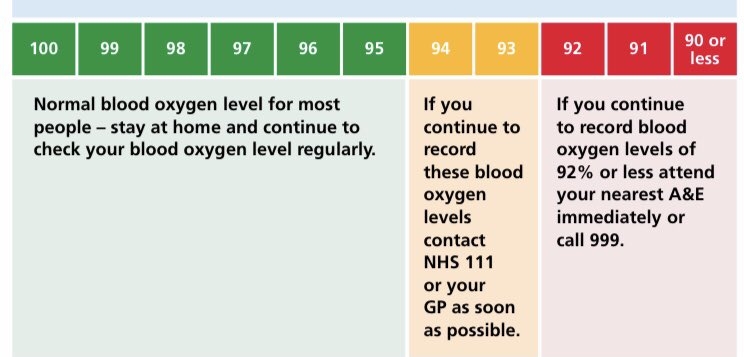 |
| Photo: Twitter |
Your healthcare provider may have you undergo a blood oxygen level test if you’re experiencing any of the following acute (sudden and serious) conditions:
If you’re having trouble breathing. (A newborn baby may also need a blood oxygen test if they are having trouble breathing).
⇒ If you’ve recently injured your head or neck, which can affect your breathing.
⇒ If you have coronavirus disease (COVID-19).
⇒ If you have pneumonia.
⇒ If you have carbon monoxide poisoning.
⇒ If you have a smoke inhalation injury.
⇒ If you’ve had multiple episodes of nausea and/or vomiting.
⇒ If you’ve had a drug overdose.
Your provider may also perform a blood oxygen test if you have any of the following lung conditions to make sure your treatment is working properly:
→ Asthma.
→ Chronic obstructive pulmonary disease (COPD).
→ Cystic fibrosis.
→ Heart disease.
If you’re receiving oxygen therapy while in a hospital, your provider will likely monitor your blood oxygen level to make sure you are getting the right amount of oxygen.
5 Natural Ways to Improve Oxygen Levels
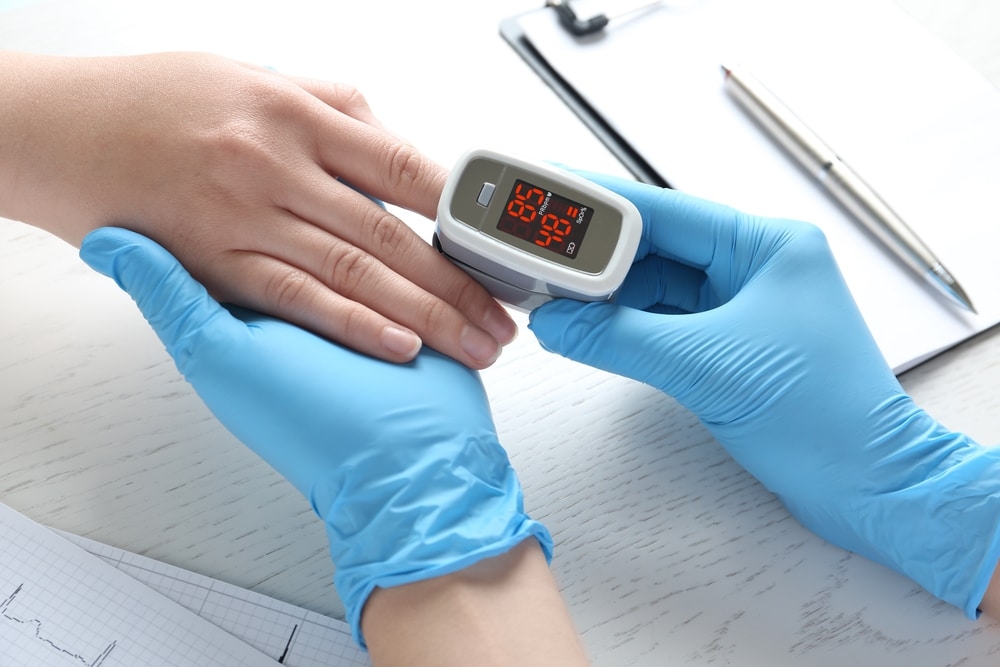 |
| Photo: Deposit Photo |
The feeling of being out of breath (dyspnea) is a sensation that is well known to those who suffer from Chronic Obstructive Pulmonary Disease. Although it is common for those experiencing shortness of breath to use oxygen therapy (oxygen tanks) to cope, the downsides can include fatigue, headaches, and dry or bloody noses. Further, when depending on oxygen tanks as a primary oxygen supplement, there exists a severe risk: the body can learn to actively suppress its natural respiratory system. Following is a list of 5 natural ways to improve your oxygen levels that should help in reducing your dependence on tanks.
Change Your Diet: Antioxidants allow the body to use oxygen more efficiently increasing oxygen intake in digestion. When looking to boost antioxidant intake, the foods to focus on are blueberries, cranberries, red kidney beans, artichoke hearts, strawberries, plums and blackberries, most of which can be consumed in various juices and smoothies. Another critical protein to consider are essential fatty acids like Vitamin F, which work to increase the amount of oxygen the hemoglobin in the bloodstream can carry. These acids can be found in soybeans, walnuts and flaxseeds.
Get Active: Exercise is key to a healthy life. Through aerobic exercise, such as simple walking, the body is able to better utilize oxygen while removing waste through the lymphatic system. As recommended by the American Heart Association, 30 minutes a day of regular walking has greater effects on the circulatory system than spending an hour or more in the gym 2 to 3 times a week. Aside from the physical health benefits, walking has been shown to improve mood, confidence, and reduce stress.
Change Your Breathing: Exercising your lungs regularly is crucial to maintaining ones respiratory health. However, what is often an impediment to one’s breathing is the method in which they breathe. It’s recently been discovered that sick people breathe using the upper chest and inhale more air, which causes reduced oxygen levels in the body. In contrast, the correct method to proper breathing, is slow, from the diaphragm, and through the nose, rather than the mouth.
Cleanse the Air: Often the triggers of flare-ups in those with COPD is poor air quality. Because of this, it is imperative to maintain the purest quality of air possible within the home and workplace. There are a number of air purifiers on the market that can filter the worst of our environmental pollutants. Another helpful “low-tech” tool in reducing pollution in the air and purifying oxygen is a beeswax candle. Unlike traditional candles, beeswax candles do not emit smoke. Instead they produce negative ions that help in the removal of air pollution.
Hydrate: The human body is roughly 60 percent water, so it cannot be understated how critical water is to how the body functions: allowing body cells to grow, lubricating our joints and regulating body temperature. When looking to get the full benefits of oxygenation, drink filtered water. Restructured or ionized water is micro-clustered with smaller groupings of water molecules. This provides high levels of hydration and oxygenation at the cellular level. Keep in mind that caffeinated beverages, alcohol and high sodium foods all dehydrate the body, so keep water with you during the day and get in the habit of drinking it throughout the day. Health professionals recommend 8 8-oz. glasses of water a day.
Popular Q & As about blood oxygen levels:
Q1: How can I raise my oxygen level quickly?
Ans: To raise your oxygen level quickly, the best advice is to drink lots of water. The best way to get your water in is through a water filtration device, such as a water bottle or a water filter pitcher. Remember that the most important thing is to drink water. It is also important to drink water immediately after exercising. Your body has to replenish the water that you have lost.
Q2: What is the minimum oxygen level for COVID-19 patients?
Ans: COVID-19 is a hereditary condition that causes low levels of oxygen in the blood. This condition is characterized by the presence of a COVID-19 gene mutation. Low levels of oxygen in the blood can cause anemia, which can lead to severe complications. For a patient with CVID-19, oxygen levels in the blood should be maintained between 92%-96%.
Q3: At what oxygen level should you go to the hospital?
Ans: Blood oxygen of less than 90 percent should be taken to the emergency department.
Q4: What oxygen level requires a ventilator?
Ans: Oxygen levels that require a ventilator are typically needed when the oxygen saturation level is below 90%.
Q5: What is normal oxygen level age?
Ans: Oxygen levels for babies are different than adults, so it is important to keep your child’s oxygen levels in check. The optimal oxygen level for a baby is at 93% or higher. You can do this by allowing your child to sleep with a device that monitors their oxygen levels.
Q6: What is dangerously low oxygen level?
Ans: A dangerously low oxygen level is a condition that occurs when the oxygen level in the blood drops below a certain level. For example, the oxygen level in the blood drops to 70% which is dangerously low. If a person is born with a congenital heart disease, a dangerously low oxygen level in the blood could be a life-threatening condition.
Q7: How to help someone with low oxygen levels?
Ans: . When someone has low oxygen levels, like someone who has been submerged in water, it’s important to help them get oxygen. This can be done by giving them mouth-to-mouth resuscitation, as well as administering oxygen through a mask or tube. However, there are some other ways to administer oxygen to someone who needs it, too. When someone has low oxygen levels, you can give them oxygen through the nose, the skin, or other open cuts. In order to administer oxygen through the nose, you simply need to blow into their nose. You can do this one of two ways. You can blow into the center of their nose, which is called the nares, or you can blow into the side of their nose. One way to administer oxygen through the skin is to use a nasal cannula, which is a piece of plastic that is placed over their nose and attached to a tube. This is usually done for a child, but it can also be done for adults.
Q8: How long can someone survive with low oxygen levels?
Ans: When someone is exposed to low levels of oxygen, their survival time is typically measured in minutes. This is because the body’s oxygen supply is the most important factor in determining how long someone can survive, and it is possible for someone to survive for up to four hours on a low oxygen level. However, if someone is exposed to low levels of oxygen for more than four hours, they are more likely to die.
Q9: What should you do if your oxygen level is normal?
Ans: . The American Heart Association recommends that adults and children with a normal oxygen level should not change oxygen therapy without a doctor’s order. You should always talk to your doctor to discuss what the right treatment would be for you, your child’s condition, and your long term health.
Q10: How to keep oxygen levels healthy?
Ans: Oxygen is important for so many things in our lives, but it can be difficult to keep oxygen levels up. There are a few things that you can do to keep oxygen levels up. Taking a walk outside is one of the best ways to increase oxygen levels and it’s great for the whole family. You can also avoid things that cause low oxygen levels. Smoking, pollution, and pollution from car exhausts are just a few of the things that cause low oxygen levels.
 Facts About 'China iPhone'': Gionee G13, Fake iPhone 13 Facts About 'China iPhone'': Gionee G13, Fake iPhone 13 Gionee has introduced its latest device as its G13 Pro, although many consumers might be inclined to identify its design as that of the iPhone ... |
 What is 855 Area Code Number: Location, Ways to Get and Use, Benefits What is 855 Area Code Number: Location, Ways to Get and Use, Benefits Are you wondering what is 855 Area Code Number? We are going to explain 855 Area Code Time Zone, Location, Scams, Benefits & How to ... |
 What is A Costco Membership: Really Price Cheaper, Fee, Worth and Benefit What is A Costco Membership: Really Price Cheaper, Fee, Worth and Benefit Costco Membership |
 What is Ticketsmarter: Legit, Cost, Pros and Cons, Refund Policy, Review What is Ticketsmarter: Legit, Cost, Pros and Cons, Refund Policy, Review Learn more about TicketSmarter by reading this article about the pros and cons, policy and reviews of their services. |

